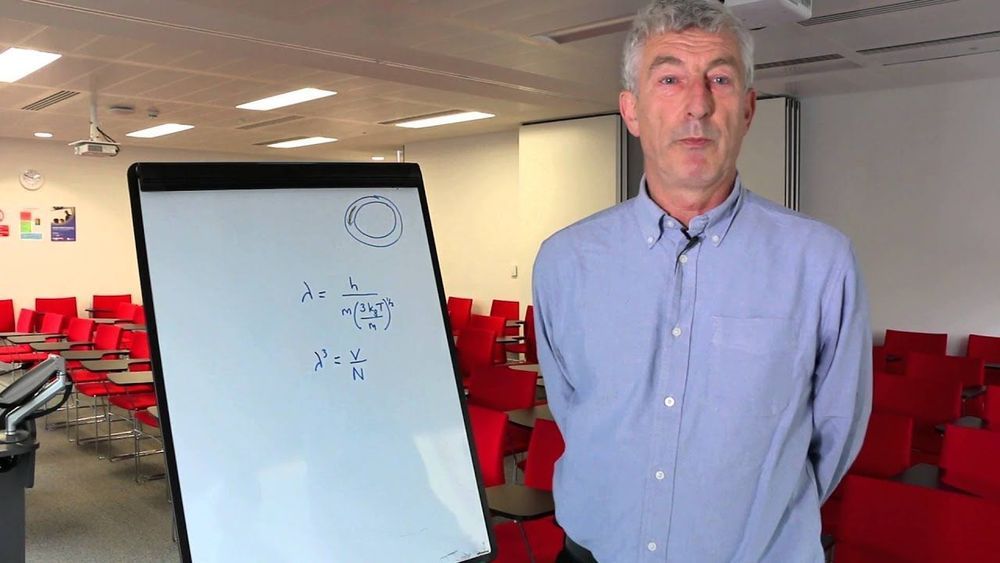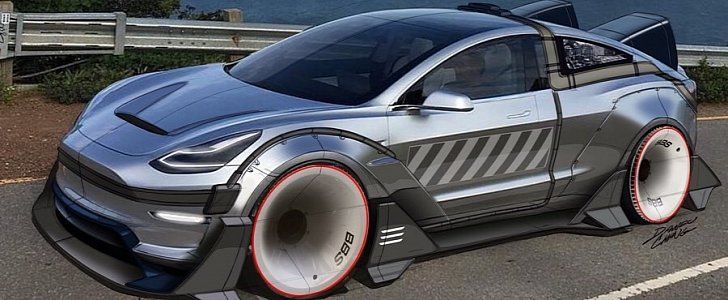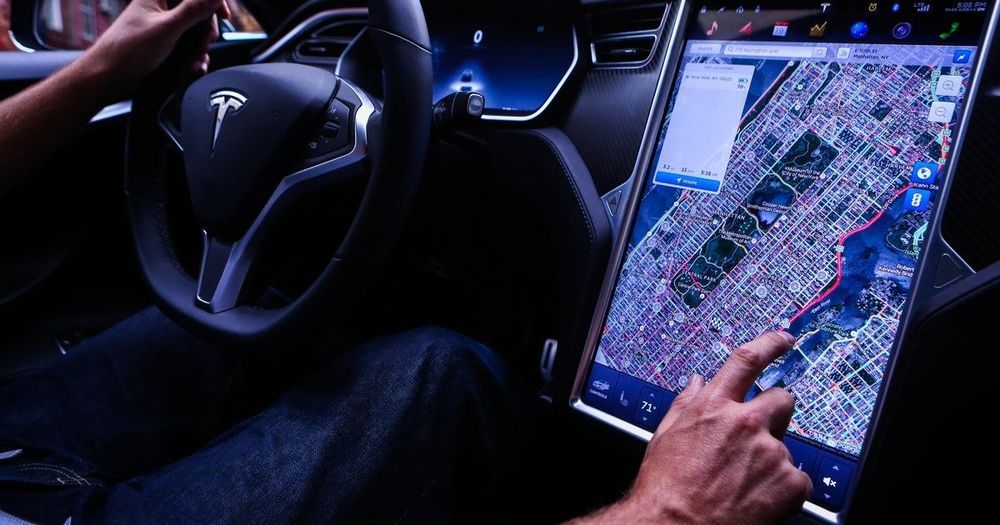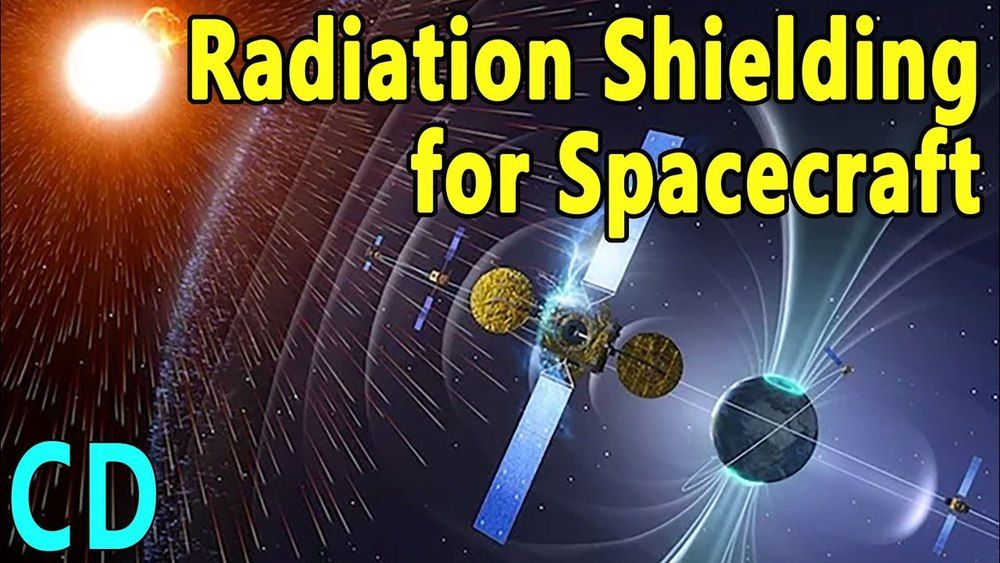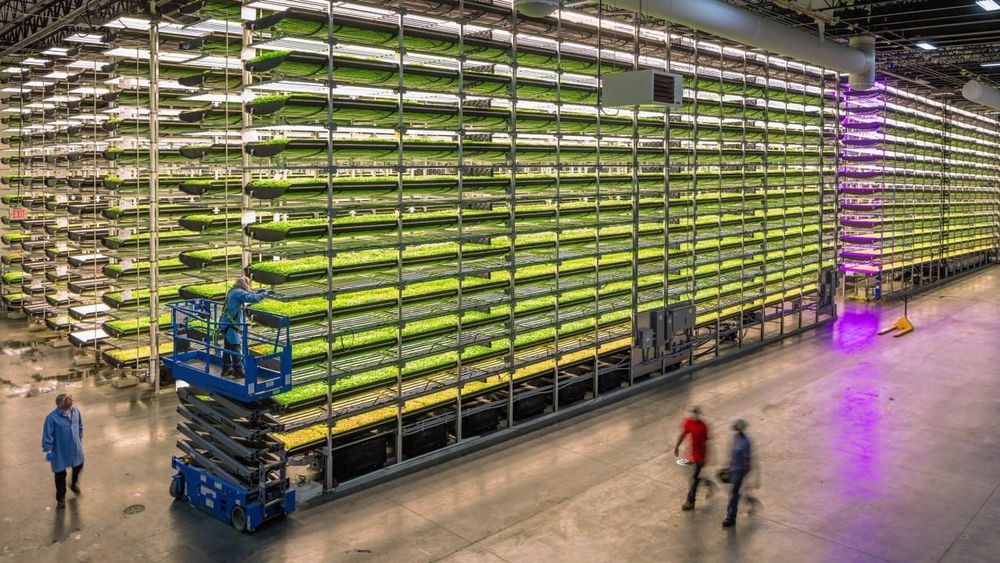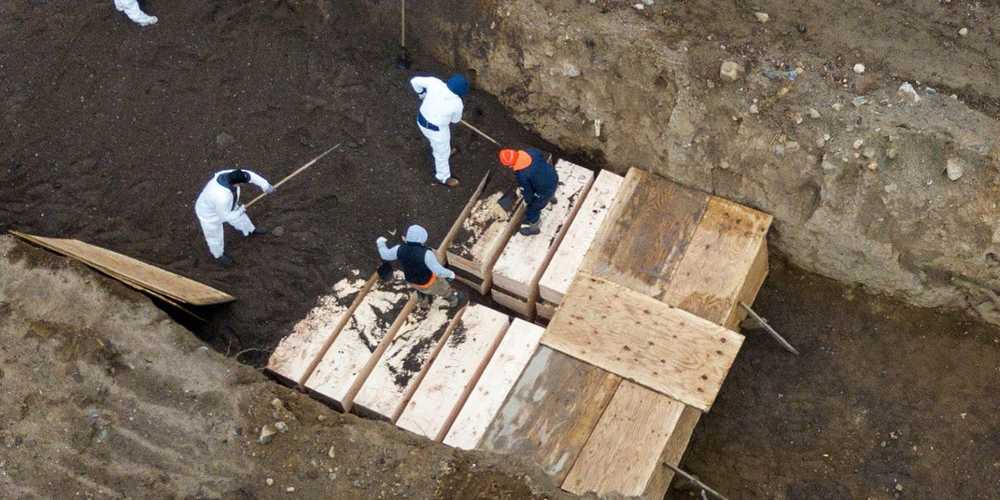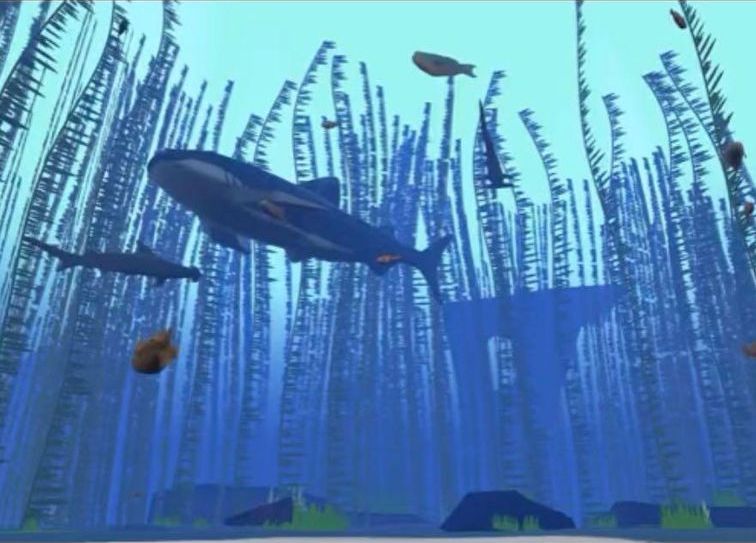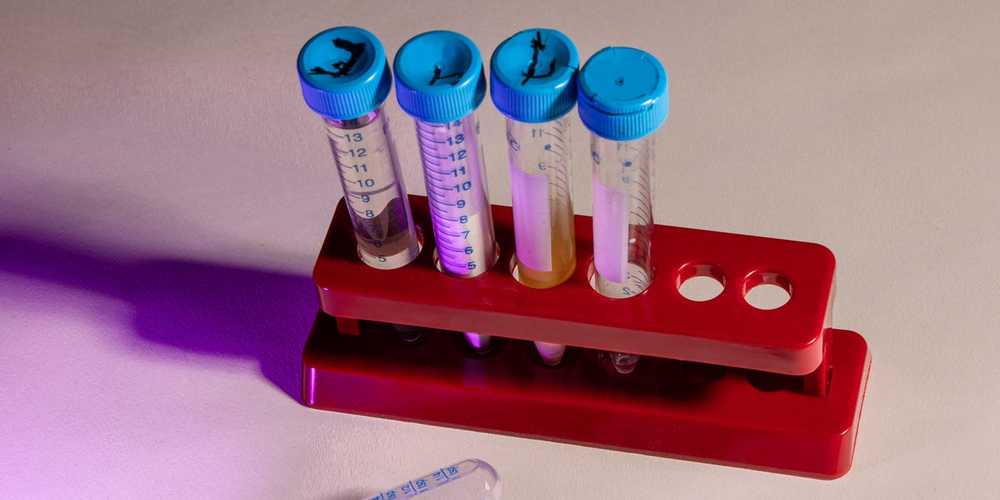Light only travels in straight lines, or does it? Scientists have known for centuries that light is composed of waves, but the fact that light can also act like a liquid, that is rippling and spiralling around obstacles like the current of a river, is a much more recent discovery that is increasingly an area of extensive research. However, as you’d expect the “liquid” properties of light only emerge under special conditions when the photons that make up the light waves are able to interact with one another.
